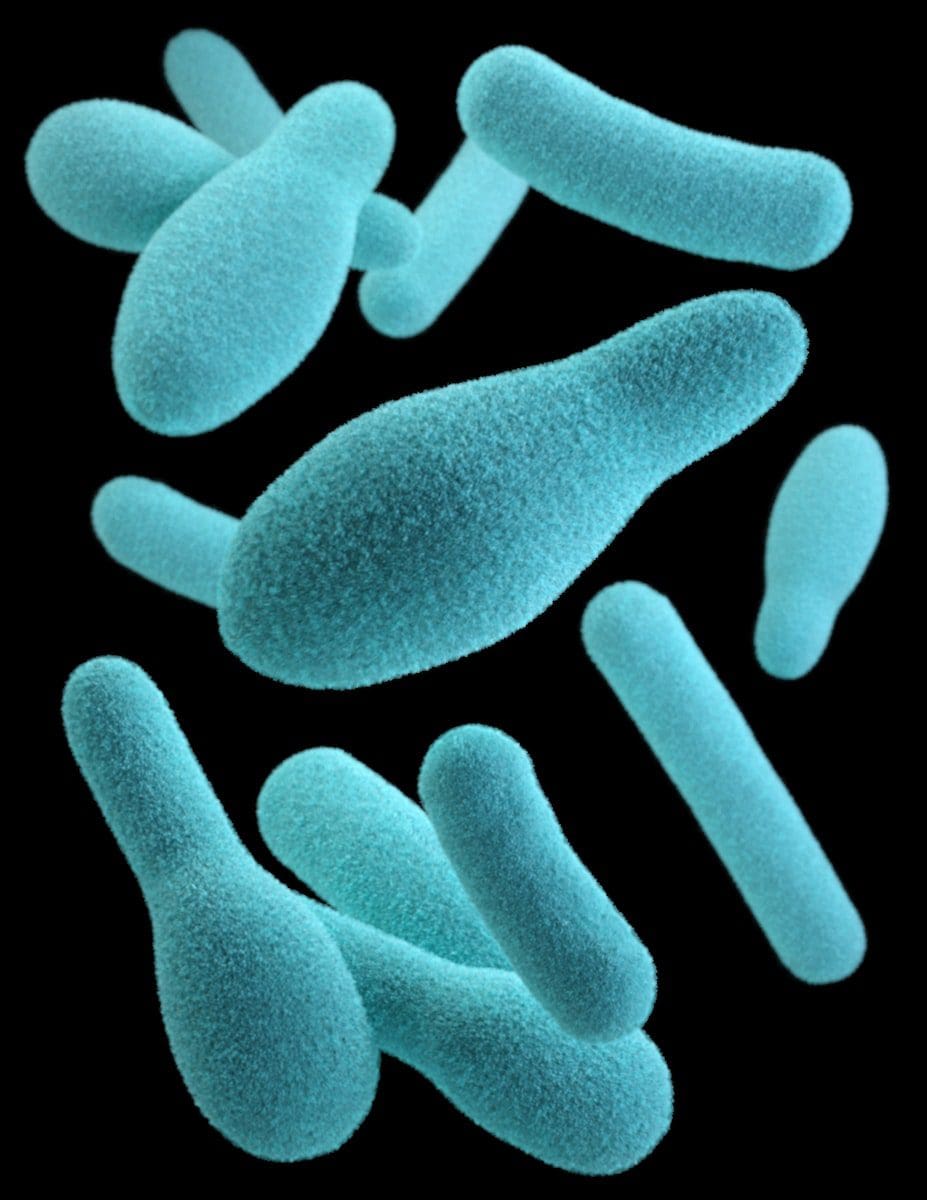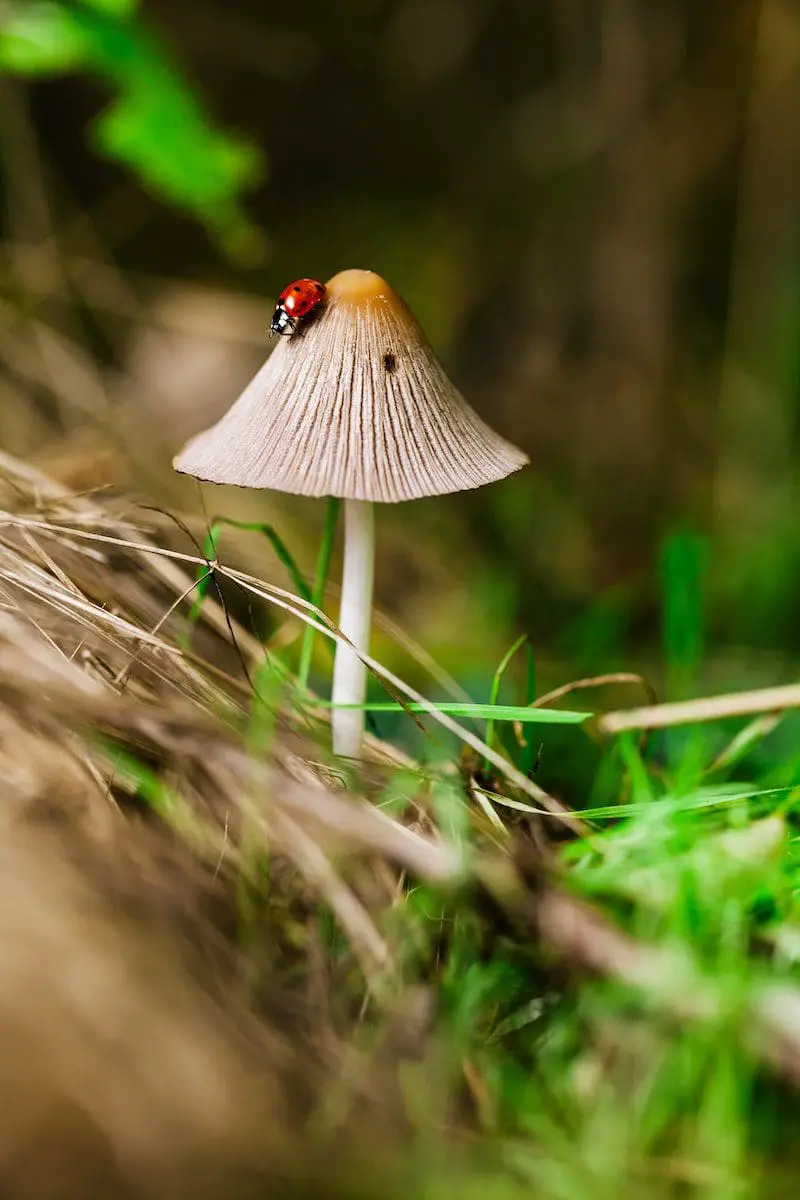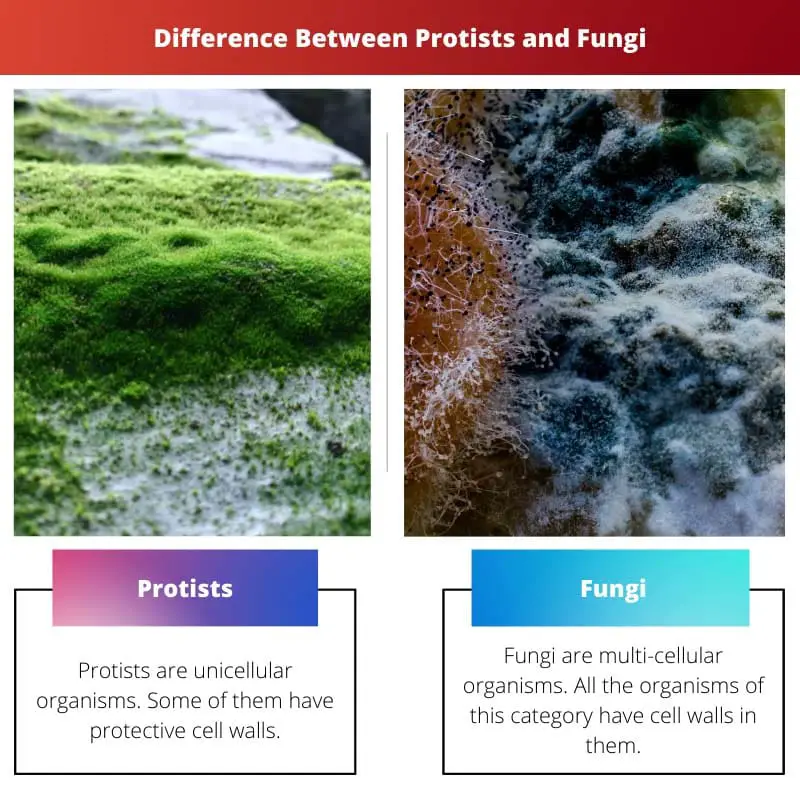Protists and fungi are the two categories of the five kingdom classification by R.H. Whittaker in 1969. Monera, Protista, Fungi, Planitia, and Animalia are the five categories. These belong to the field of zoology.
According to the history of evolution, these lower-level animals are the organisms having the simplest systems in their bodies. Some of these are visible, and others are invisible to the human eye.
But they exist in the biosphere as the other animals. Both of these are eukaryotes but have other differences among them. So here are a few differences between protists and fungi.
Key Takeaways
- Protists are a diverse group of eukaryotic microorganisms that are not plants, animals, or fungi, while fungi are a group of eukaryotic organisms distinct from plants and animals.
- Protists are unicellular or multicellular, while fungi are multicellular and filamentous.
- Protists are aquatic, while fungi are found in various environments, including soil, air, and water.
Protists vs Fungi
Protists are single-celled organisms resembling plants, animals, and fungi belonging to the Kingdom Protista. Protists are autotrophic organisms that make their own food. They are also saprophytic, some feed on others, and some are heterotrophic. Fungi are multicellular organisms, having cell walls, and eukaryotes-unable to prepare their own food. They are seen with naked eyes.

Protists are unicellular organisms. Some of them have protective cell walls. They are mostly autotrophs that, are they can prepare their food. These organisms are very small and are invisible to the naked human eye.
These are observed with the help of a microscope. Some of them use the heterotrophic, saprophytic, or parasitic mode of nutrition to lead life.
Fungi are multi-cellular organisms. All the organisms in this category have cell walls, but they are in the absence of cellulose. These animals cannot prepare their food and have to depend on other sources.
That is, they are heterotrophs. These organisms can be observed by the human eye. This category has seven types of groups of organisms under the category.
Comparison Table
| Parameters of comparison | Protists | Fungi |
|---|---|---|
| Body organization | Cellular | Multi-cellular |
| Cell size | Microscopic | It can be observed in the naked eye |
| Cell wall | Present in some | Present in all (without cellulose) |
| Mode of nutrition | They are either autotrophs, heterotrophs, saprophytes or parasites. | They are mostly saprophytic, and some of them are also heterotrophic. |
| Example | Green algae, slime moulds, dinoflagellates, euglenoids, amoeba etc. | Mushroom, yeast, Penicillium, Rhizopus, etc. |
What are Protists?
Protists are unicellular organisms. Some of them have protective cell walls. They are mostly autotrophs that, are they can prepare their food. But there can be other modes also in some other organisms under the same category.
Some of them use heterotrophic, saprophytic, or parasitic modes of nutrition to lead life. These organisms are very small and are invisible to the naked human eye. These are observed with the help of a microscope.
Protists can reproduce both sexually and asexually. The asexual mode of reproduction is done via binary fission. The sexual mode of reproduction occurs via the production of gametes.
There are mainly three protists: protozoans, algae, and mold. The protozoans are animal-like protists. They can engulf their food particles and digest them to obtain nutrients.
The protozoans can move with the help of flagella and pseudopodia present in them. Algae are mostly unicellular and autotrophic. They are plant-like organisms. They are chlorophyll in their cell through which they can do photosynthesis.
Molds are mainly fungus-like organisms, multi-cellular eukaryotes. They use the saprophytic mode of nutrition to lead their lives. Mostly depend on the dead and decaying leaves. They are a giant amount in the category of protists. Some examples of protists are Dinoflagellets, Euglenoids, etc.

What are Fungi?
Fungi are multi-cellular organisms. All the organisms in this category have cell walls, but they are in the absence of cellulose. Their cell wall is made up of chitin and polysaccharides.
These animals cannot prepare their food and have to depend on other sources, which is they are heterotrophs. These organisms can be observed by the human eye. This category has seven types of groups of organisms under the category.
Fungi can reproduce both in sexual and asexual modes. The asexual mode of reproduction occurs via pores formation, whereas the sexual mode of reproduction occurs via mating. They mostly adapt to the heterotrophic mode of nutrition. They cannot make their food due to chlorophyll’s absence. They also adapt the saprophytic mode of nutrition. They depend on the dead and decaying matter to obtain their required nutrients.
Some fungi also remain in a symbiotic relationship with other organisms or plants to take nutrients. Seven types of fungi are Microsporidia, Ascomycota, Glomeromycota, Basidiomycota, Chitridiomycota, Neocallimastigomycota, and Blastigomycota.
Fungi are a very important category of organisms for the environment as they facilitate the process of decaying the dead matter and making t a simpler form. Some examples of fungi are mushrooms, yeasts, Penicillium, Rhizopus, etc.

Main Differences Between Protists and Fungi
- The protists are mostly unicellular organisms, whereas the fungi are multi-cellular organisms.
- The protists are microscopic animals that are they are invisible to the naked human eye. On the other hand, fungi can be observed with the naked eye.
- Some of the protists have cell walls, but all the fungi have cell walls. Their cell wall is made up of chitin and polysaccharides.
- The protists can be either autotrophs, heterotrophs, saprophytes, or parasites. But the fungi are mainly heterotrophs and saprophytes.
- Some examples of protists are dinoflagellates, euglenoids, etc., and some examples of fungi are mushrooms, yeast, penicillium, rhizopus, etc.

- https://academic.oup.com/sysbio/article-abstract/56/4/684/1685317
- https://books.google.com/books?hl=en&lr=&id=SApIn7IEnucC&oi=fnd&pg=PT11&dq=fungi&ots=CosoqyamBu&sig=Olx4NGvrGmrR_5XVQUbsB_jt75k
- https://books.google.com/books?hl=en&lr=&id=K2Y4AAAAIAAJ&oi=fnd&pg=PR9&dq=protists&ots=BxLavn7dQB&sig=_XhzRiHYYpSCRRo9OGC56Nq6ULQ

Incredibly informative, well written.
Very well explained.
A very well put-together comparison of Protists and Fungi.
An enlightening comparison between Protists and Fungi.
This is insightful and informative.
Incredible detail about the difference between Protists and Fungi.
Very detailed and well explained.
A thorough analysis of Protists and Fungi.
This explanation provides substantial and comprehensive knowledge.
It’s a great explanation about the characteristics of Protists and Fungi.